As a female athlete or physically active woman, you understand the importance of nutrition for fueling your body and achieving your training goals. While general sports nutrition principles apply across genders, it's becoming increasingly clear that female physiology, including hormonal fluctuations, can influence nutrient needs. Ensuring adequate protein intake is a cornerstone of performance, recovery, and health for active women. This post explores the latest research and provides science-backed guidelines to help you optimise your protein consumption.
Historically, sports nutrition guidelines were primarily based on research conducted in male athletes. However, there's a growing body of research specifically targeting female athletes to better understand their unique needs.
Sports Nutrition Protein Guidelines
Vast research supports the contention that individuals engaged in regular exercise training require more dietary protein than sedentary individuals. National dietary guidelines, at 0.75 g/kg/day (grams per kg of bodyweight per day), are aimed at preventing nutrient deficiencies in the general population, not optimising training adaptations for athletes.
Current sports nutrition guidelines from the International Society of Sports Nutrition (ISSN) recommend protein intakes of 1.4–2.0 g/kg/day for physically active individuals. This range is considered not only safe but may also improve training adaptations to exercise. This daily protein requirement should be considered the primary focus when designing a daily diet.
Optimal Protein Intake For Female Athletes
While the general 1.4-2.0 g/kg/day range applies, recent research specifically addressing female athletes suggests slightly different target ranges and considerations based on exercise type and hormonal status.
For pre-menopausal, eumenorrheic (having regular menstrual cycles), and oral contraceptive users, daily protein intake should fall within the mid- to upper ranges of current sport nutrition guidelines (1.4–2.2 g/kg/day). Protein doses should ideally be distributed evenly throughout the day, approximately every 3-4 hours. Studies included in a systematic review on pre-menopausal athletes indicated estimated average requirements (EAR) within this range for various exercise types:
- Aerobic endurance: 1.28–1.63 g/kg/day.
- Resistance exercise: 1.49 g/kg/day.
- Intermittent exercise: 1.41 g/kg/day.
It's important to note that the EAR represents a 50% probability of adequate intake, suggesting that some female athletes might still be at risk of inadequate protein intake even within these ranges.
Hormonal Considerations:
Eumenorrheic athletes in the luteal phase (the latter half of the menstrual cycle) should aim for the upper end of the 1.4–2.2 g/kg/day range. This is recommended due to the potential catabolic actions of progesterone and a greater need for amino acids during this phase.
Peri- and post-menopausal athletes, regardless of sport, should also aim for the upper end of the 1.4–2.2 g/kg/day range.
Achieving adequate total daily energy intake is also an important strategy that supports optimal protein intakes, as protein intake is positively correlated with energy intake in athletes.
Daily Protein Needs For Endurance Athletes
Specific to endurance athletes, a habitual protein intake of approximately 1.5 g/kg/day is typical in both male and female endurance athletes. However, based on recent metabolic studies, the evidence suggests a daily protein intake of ~1.8 g/kg/day should be advocated for endurance athletes.
The protein requirement may be further elevated to more than 2.0 g/kg/day during periods of carbohydrate-restricted training and on rest days.
Key Takeaways and Other Considerations
1. Timing Matters
Appropriately timed protein intake is essential for proper recovery, immune function, and the growth and maintenance of lean body mass. Consuming a source of high-quality protein as close to beginning and/or after completion of exercise as possible (ideally within 30-45 minutes) is recommended for pre-menopausal athletes to reduce amino acid losses and initiate muscle repair. Pre- and post-exercise protein intakes of 0.32–0.38 g/kg have shown beneficial physiological responses in pre-menopausal athletes doing resistance and intermittent exercise. Ingesting 3 to 6 g of essential amino acids (EAA) prior to and/or following exercise also stimulates protein synthesis. For peri- and post-menopausal athletes, aiming for a bolus of high EAA-containing (~10 g) intact protein sources or supplements close to the beginning and/or after exercise is recommended to help overcome anabolic resistance.
2. Protein Quality
The anabolic potential of different protein sources can vary based on factors like digestibility, absorption, and essential amino acid content. While more research is needed in females, it's possible that higher intakes might be necessary when relying solely on lower biological value proteins. Relying mostly on protein-rich whole foods where possible is recommended.
3. Supplementation
While it is possible for physically active individuals to obtain their daily protein requirements through a varied, regular diet, supplemental protein in various forms are a practical way of ensuring adequate and quality protein intake for athletes. This can be particularly helpful for achieving higher protein targets, distributing intake throughout the day, or consuming protein conveniently around training sessions, especially if meeting these needs through whole foods alone proves challenging, and this is where LØUCO Perform can support.
The study of female athlete nutrition is still evolving, and more research is needed to fully understand the specific impacts of menstrual cycle phase, hormonal contraceptives, and menopausal status on protein requirements. However, the current evidence strongly supports the need for protein intake well above the general population recommendations to support training adaptations, performance, and recovery in female athletes across different life stages.

Written by: Rachel Prince | Co-Founder & Women’s Health Exercise Specialist

Sources:
- ISSN exercise & sports nutrition review update: research & recommendations. J Int Soc Sports Nutr 15, 38 (2018). https://doi.org/10.1186/s12970-018-0242-y
- International Society of Sports Nutrition Position Stand: protein and exercise. J Int Soc Sports Nutr 14, 20 (2017). https://doi.org/10.1186/s12970-017-0177-8
- International society of sports nutrition position stand: nutritional concerns of the female athlete. J Int Soc Sports Nutr. 2023 Dec;20(1):2204066. doi: 10.1080/15502783.2023.2204066. PMID: 37221858; PMCID: PMC10210857.
- Nutritional Strategies for Optimizing Health, Sports Performance, and Recovery for Female Athletes and Other Physically Active Women: A Systematic Review, Nutrition Reviews, Volume 83, Issue 3, March 2025, Pages e1068–e1089, https://doi.org/10.1093/nutrit/nuae082
- Optimizing Protein Intake for Female Athletic Performance 8. (2025)
- Protein Intake, Physical Performance and Body Composition in Master Athletes—A Short Scoping Review. Nutrients 2025, 17, 498. https://doi.org/10.3390/nu17030498
- Protein Nutrition for Endurance Athletes: A Metabolic Focus on Promoting Recovery and Training Adaptation. Sports Med (2025). https://doi.org/10.1007/s40279-025-02203-8
- Protein Recommendations for Weight Loss in Elite Athletes: A Focus on Body Composition and Performance. Int J Sport Nutr Exerc Metab. 2018 Mar 1;28(2):170-177. doi: 10.1123/ijsnem.2017-0273. Epub 2018 Feb 19. PMID: 29182451.
- Protein Requirements of Pre-Menopausal Female Athletes: Systematic Literature Review. Nutrients. 2020 Nov 16;12(11):3527. doi: 10.3390/nu12113527. PMID: 33207749; PMCID: PMC7696053.
- Recommendations and Nutritional Considerations for Female Athletes: Health and Performance. Sports Med. 2021 Sep;51(Suppl 1):43-57. doi: 10.1007/s40279-021-01508-8. Epub 2021 Sep 13. PMID: 34515972; PMCID: PMC8566643.
- The BASES Expert Statement on protein recommendations for athletes: amount, type and timing.
- The effect of protein intake on athletic performance: a systematic review and meta-analysis. Front Nutr. 2024 Nov 6;11:1455728. doi: 10.3389/fnut.2024.1455728. PMID: 39628467; PMCID: PMC11613885.



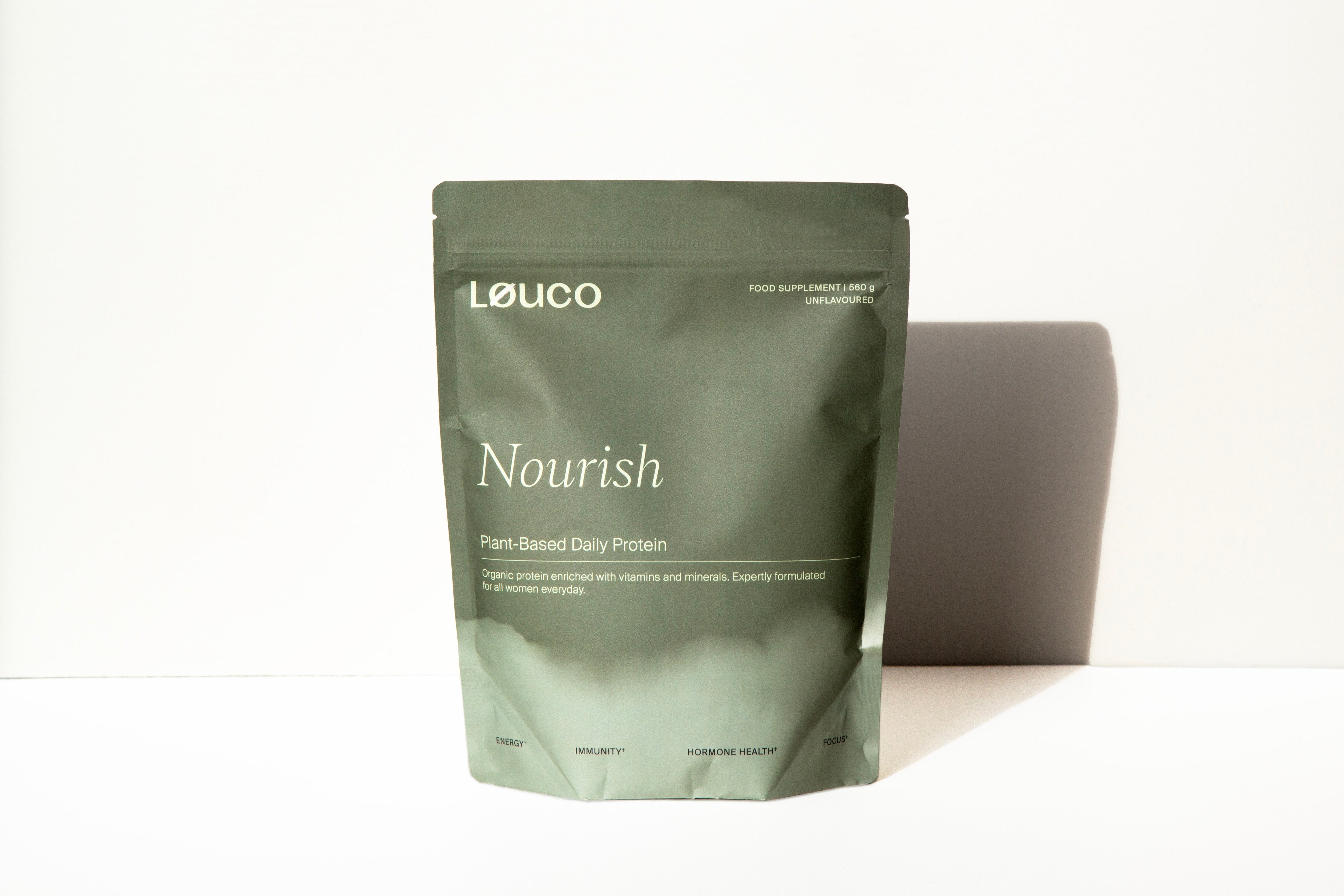
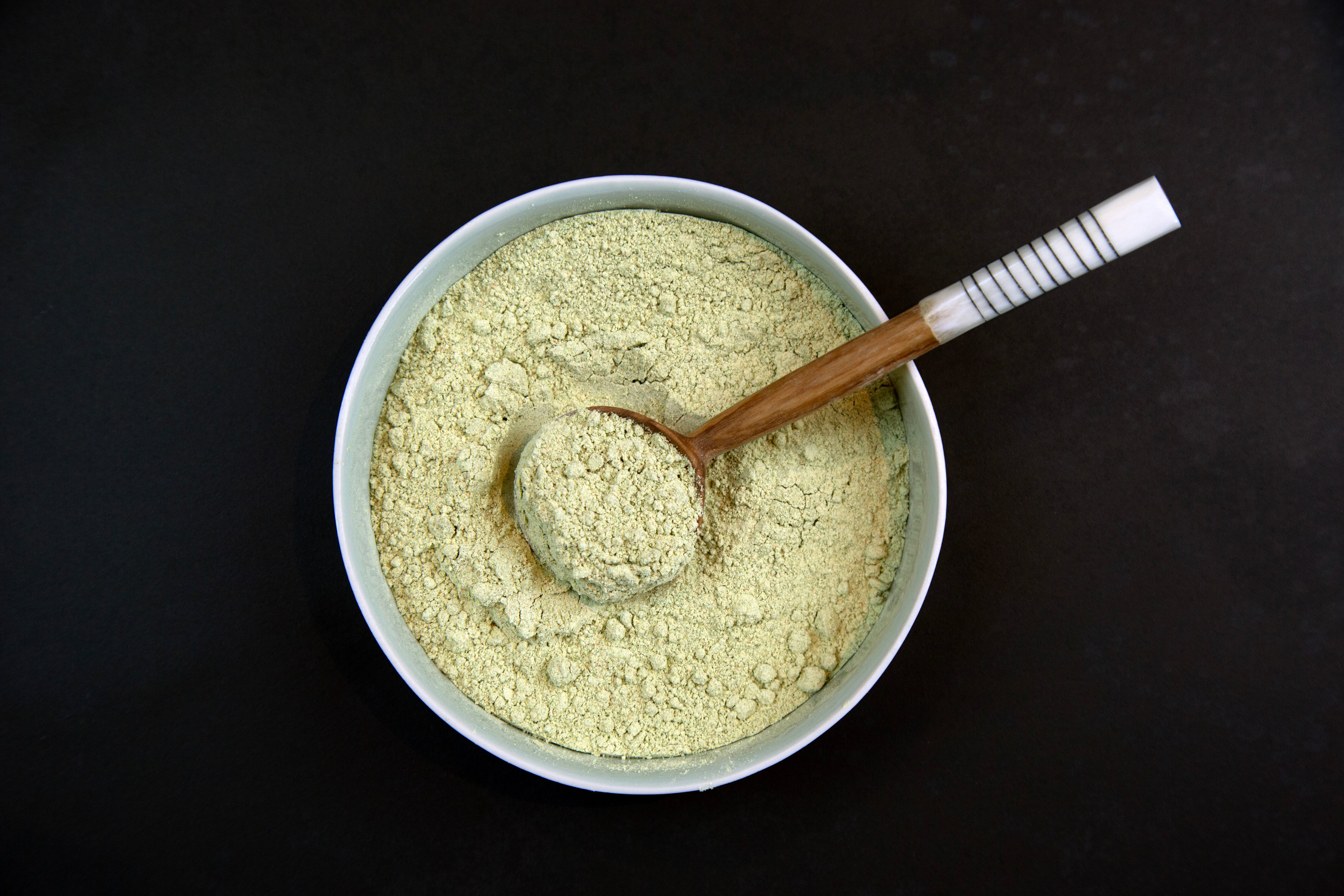
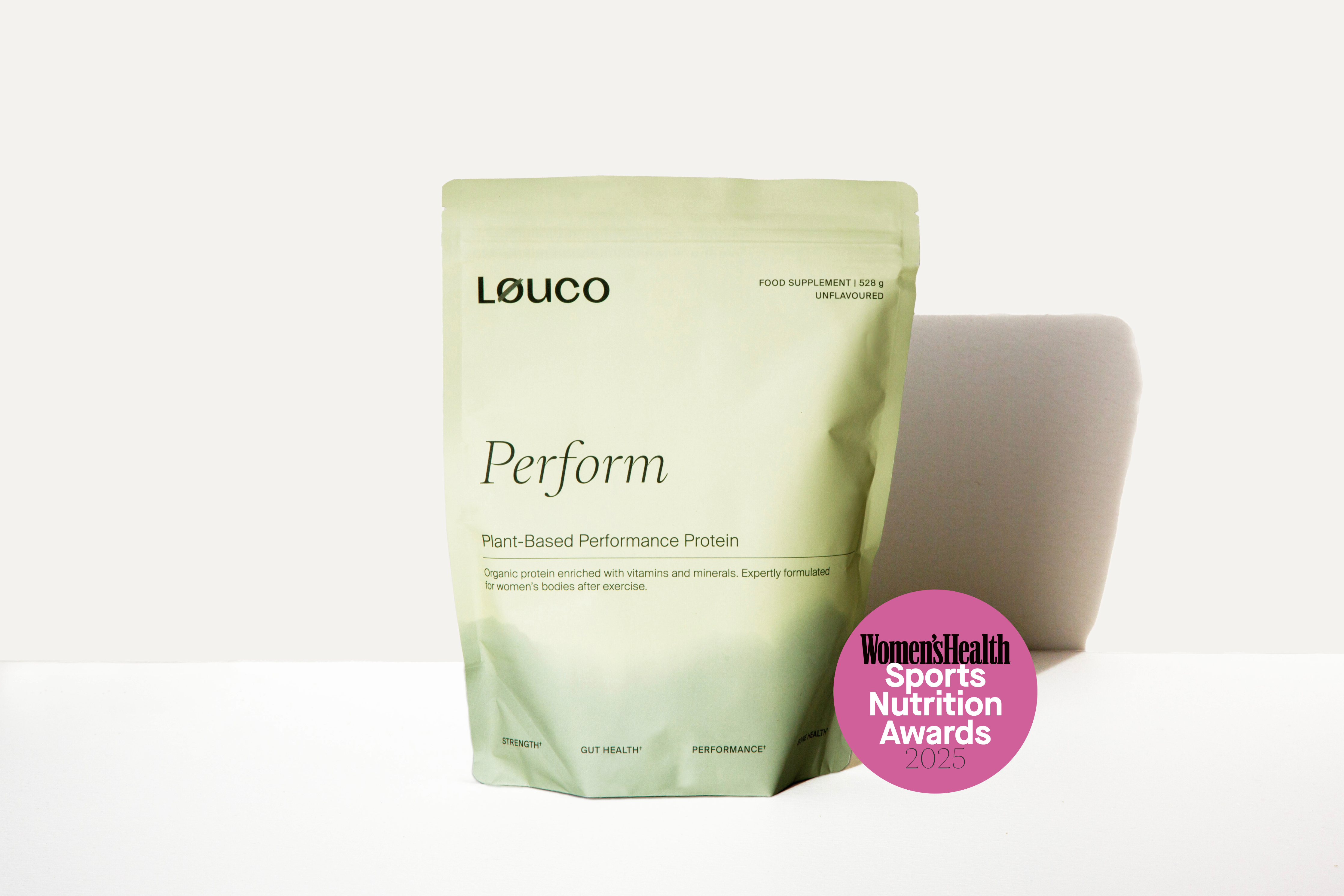
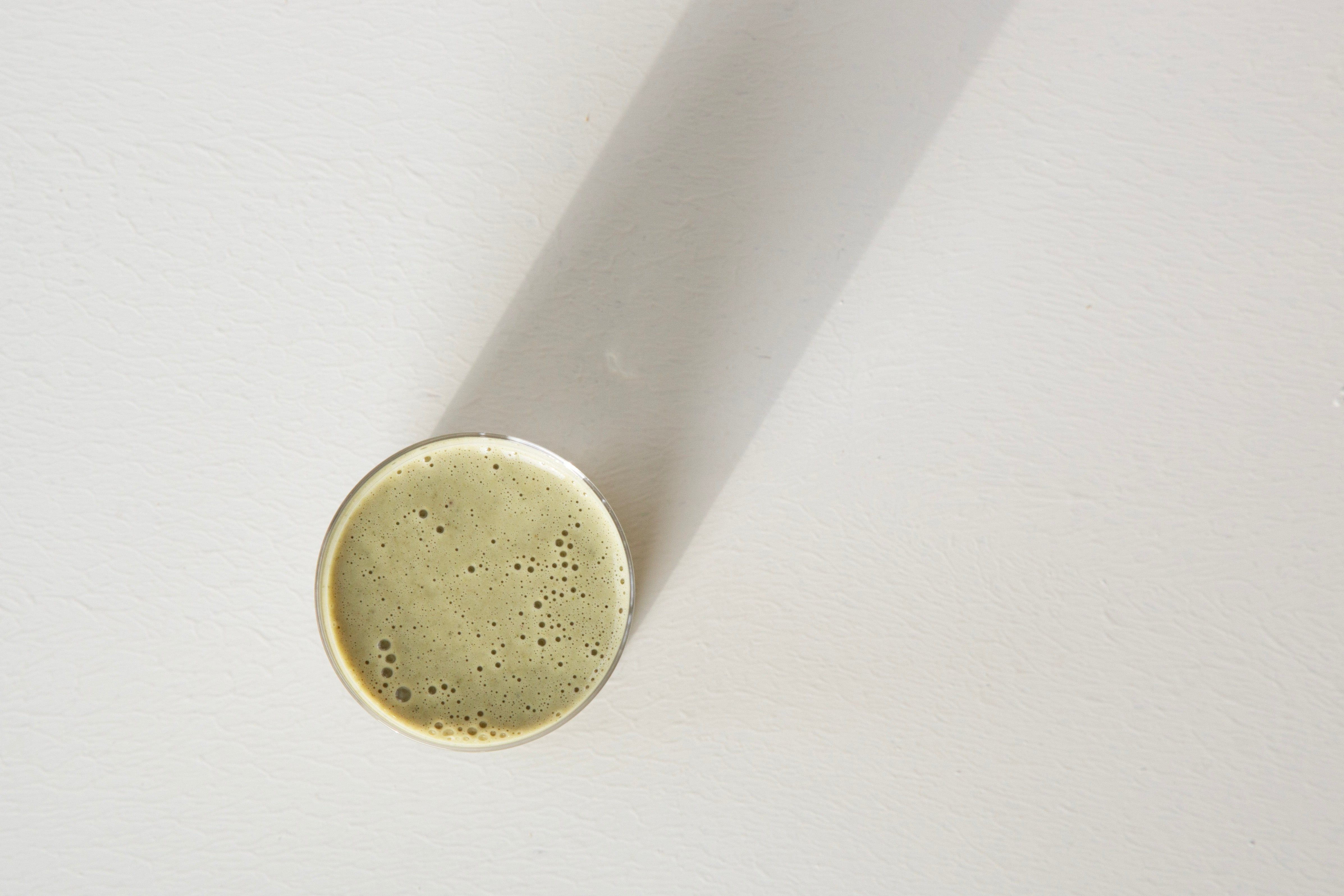

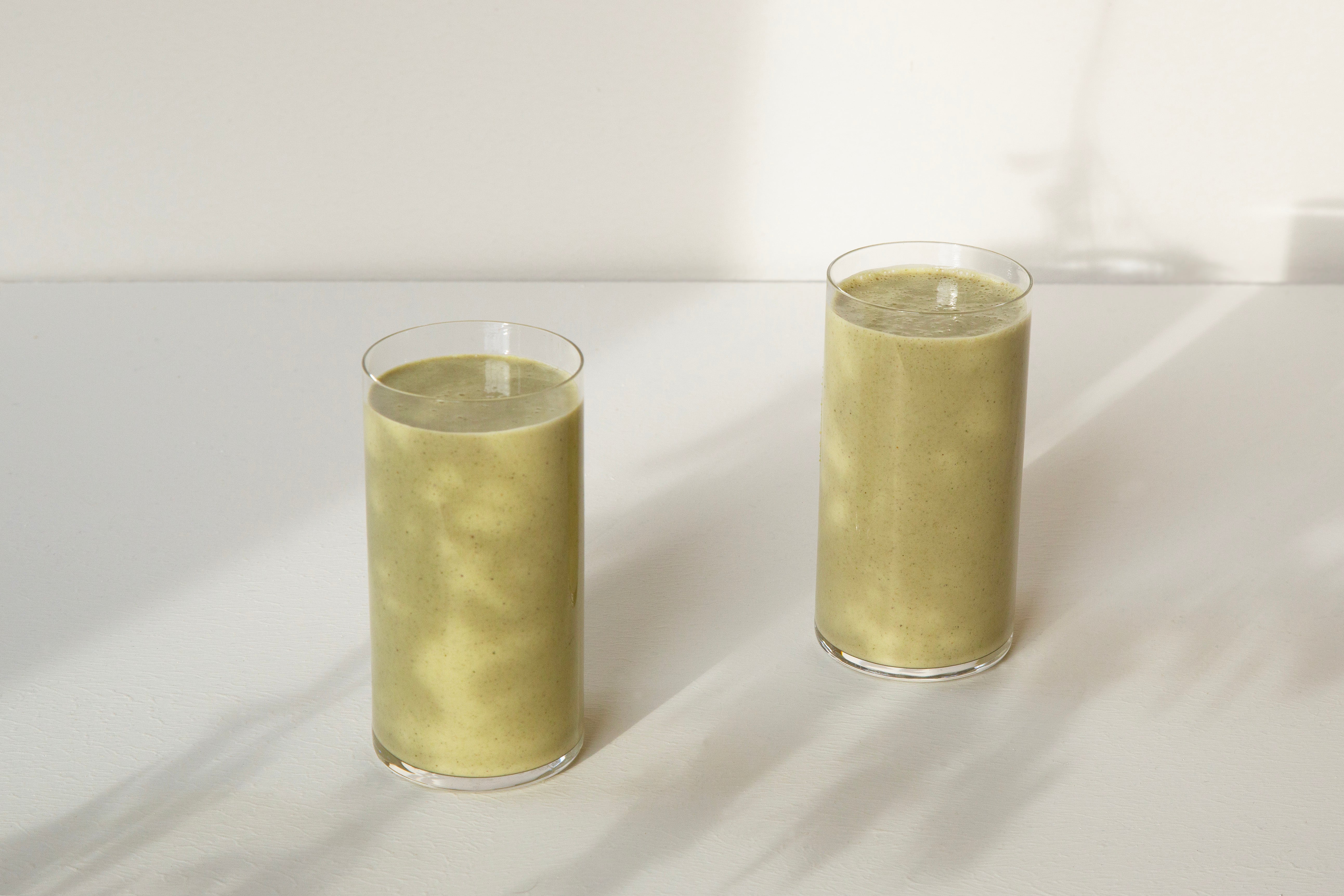

Leave a comment